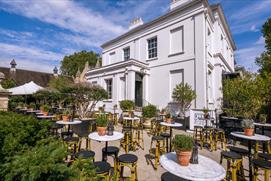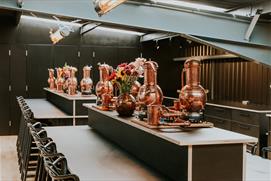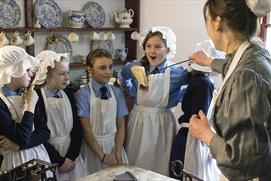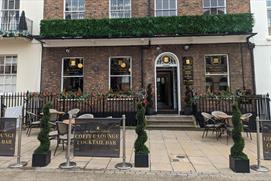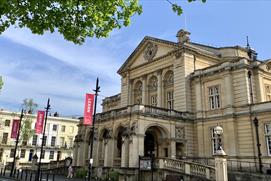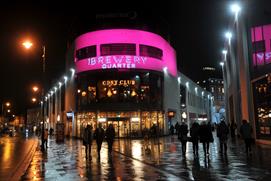You are here: Inspire Me > Regency Cheltenham > Regency Life & Times
Cheltenham Regency splendour, life & times
This content was kindly supplied by the Cheltenham Civic Society
‘Rarely have I seen such a place that so attracted my fancy’ Charles Dickens, writing about his visits to Cheltenham...
Cheltenham became a spa town in 1716, when according to legend its medicinal waters were discovered watching pigeons peck at salty deposits formed around a spring. Cheltenham’s future was foretold by the author Daniel Defoe, who predicted that ‘The mineral waters lately discovered are what will make this town more and more remarkable and frequented’.
The Spa Waters
In 1788 King George III came to drink the waters, followed by many other aristocratic and distinguished figures of the period, and Cheltenham’s transformation into a fashionable resort began.
Nobles, Royals, Writers
Over the following decades the town developed in the architectural style famously popularised by the Prince Regent in Brighton, with sweeping classical terraces and elegant villas set in landscaped estates around broad tree-lined walks. It was envisaged by one of its leading developers in 1824 as “the first English garden city with houses set among formal avenues and gardens”. That vision has fortunately been retained, making Cheltenham the most complete Regency town in England – a town designed specifically for leisure and pleasure.
The town was patronised by a stream of noble and royal visitors, including the Duke of Wellington and Princess (later Queen) Victoria. Distinguished literary figures who have taken the waters include Lord Byron and Jane Austen.
Regency Cheltenham
Most of the town centre lies within a conservation area of outstanding national importance; Regency town houses, characterised by the rich patterning of intricate ironwork balconies, surround the leafy Promenade and historic squares.
With its colourful, award-winning gardens – many of which survive from the original Regency pleasure grounds – and an impressive range of top quality shops and restaurants, Cheltenham today has a cosmopolitan ambience which is greatly enhanced by its historic architectural setting.
Pittville Pump Room
The most magnificent architectural feature of Regency Cheltenham is undoubtedly the colonnaded and domed pump room.
It is the only complete survivor of many – others having been demolished or found new uses (The Ivy in Montpellier is little changed except, of course, in function!). But the Pump Room is where you can get a real sense of how it all began: a magnificently austere, Grecian-style building, surrounded by the imposing Italianate villas of the wealthy and overlooking the picturesque gardens and ornamental lakes of Pittville Park.
The Pump Room was designed for balls and entertainments and, of course, the taking of medicinal waters. Today it is the setting for many such occasions, especially at Festival time. Visitors can still sample the waters at the surviving original pump – if they have a strong palate!
About Cheltenham Civic Society
Do you care about Cheltenham? Cheltenham Civic Society work to conserve the architectural and historical features of the town, not just the exquisite regency buildings but all the other fabulous features too, and also to promote high standards of design in new developments – all in the cause of keeping Cheltenham a great place to live and visit.
We have an active programme of public engagement – talks and visits, civic events, commenting on planning applications and the local plan, managing Cheltenham’s Civic Awards scheme, and commemorating local achievements through our blue and green plaques.
Every September we organise Cheltenham Heritage Open Days when historic buildings throw their doors open to locals and visitors alike for a chance to enjoy the hidden splendours of the town. To find out more, visit www.cheltenhamcivicsociety.org.uk or email us.
Or for a fun and unique insight into the history of Cheltenham why not take a “Cheltenham Promenaders” guided historical tour where a colourful character from the town’s past will lead you on a journey exploring Cheltenham’s fascinating past.



 to add an item to your itinerary basket.
to add an item to your itinerary basket.



.png)













